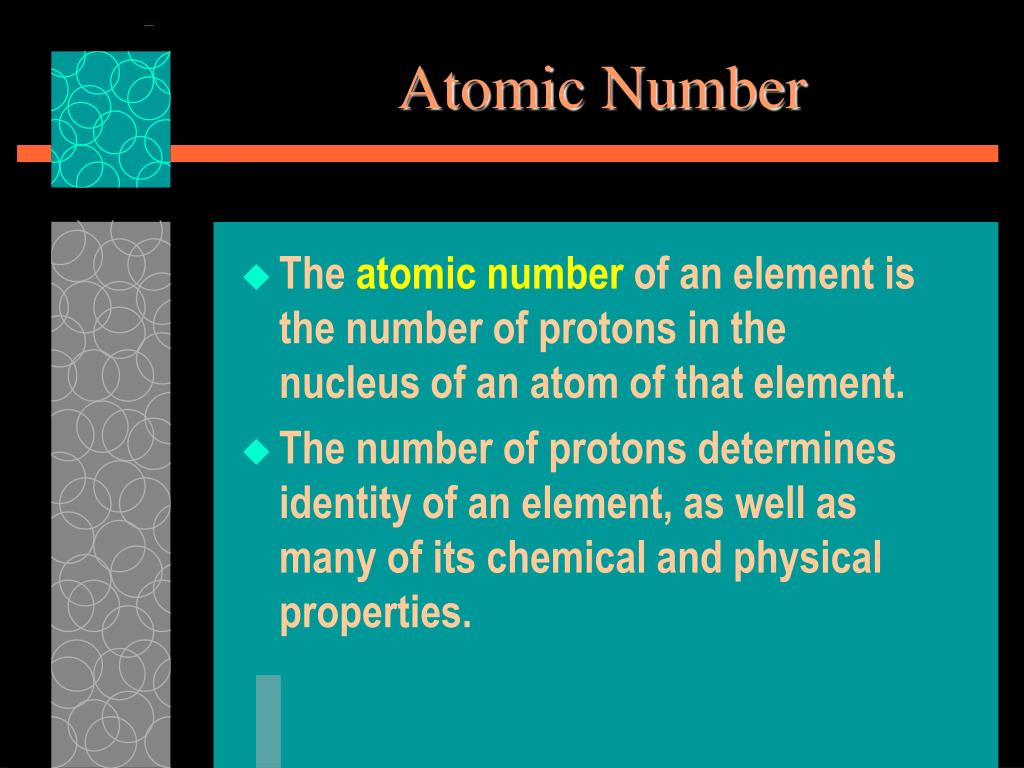


Physics Wallah's main focus is to make the learning experience as economical as possible for all students. We believe in empowering every single student who couldn’t dream of a good career in engineering and medical field earlier. PW strives to make the learning experience comprehensive and accessible for students of all sections of society. We successfully provide students with intensive courses by India's top faculties and personal mentors. Physics Wallah also caters to over 3.5 million registered students and over 78 lakh+ Youtube subscribers with 4.8 rating on its app. We also provide extensive NCERT solutions, sample papers, NEET, JEE Mains, BITSAT previous year papers, which makes us a one-stop solution for all resources. Physics Wallah is India's top online ed-tech platform that provides affordable and comprehensive learning experience to students of classes 6 to 12 and those preparing for JEE and NEET exams. Chemistry Formula For Most Probable Speed of Gas Molecules.

Chemistry Formula For Average Speed of Gas Molecules.Root Mean Square Speed of Gas Molecules.Chemistry Formula For Grahams Law of Diffusion.
#DEFINE ATOMIC NUMBER PDF#
For more chemistry Formulas visit formula section.įind the list of Atomic Mass of Elements in the below Pdf So it can be an integer or fractional value. While atomic number is the average of atomic weights of all the isotopes of an element present in the nature. It is nearly equal to the atomic mass of that element.Hence, for an atom mass number = number of protons + number of neutrons.ĭifference between Mass Number and Atomic Mass:Ī mass number is always a whole number whereas atomic mass is usually not a whole number because mass number is the sum of two integers so it can never be fractional, else we can say number of protons and neutrons can never be fractional. collectively known as nucleons) present in the nucleus of an element is called mass number and is denoted by A. The sum of the number of protons and neutrons (i.e. Mass Number (A): Proposed after the discovery of neutron. Hence, atomic number of an element = total number of protons present in an atom. The number of protons present in an atom is called the atomic number which is, denoted by Z.


 0 kommentar(er)
0 kommentar(er)
